경기문화재단
Yeoncheon_Jeongok Prehistory Museum
Silver Shining Time Machine Travelling to the Origin of Humanity
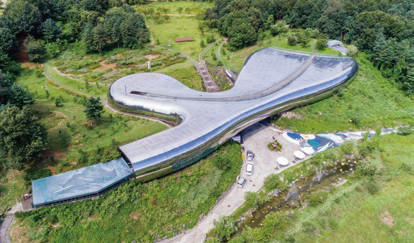
The landmark indicating that you have entered Yeoncheon is a sculpture of a huge mammoth standing on the roadside and Paleolithic people hunting it. Past the sculpture and passing through an iron bridge, you can see a silver building glinting in the sunlight on a hill in front of you. It is the Jeongok Prehistory Museum that would be difficult to just pass by, even though there are no signs guiding you to it. The museum does not look like a man-made structure when viewed either from above and or from the sides.


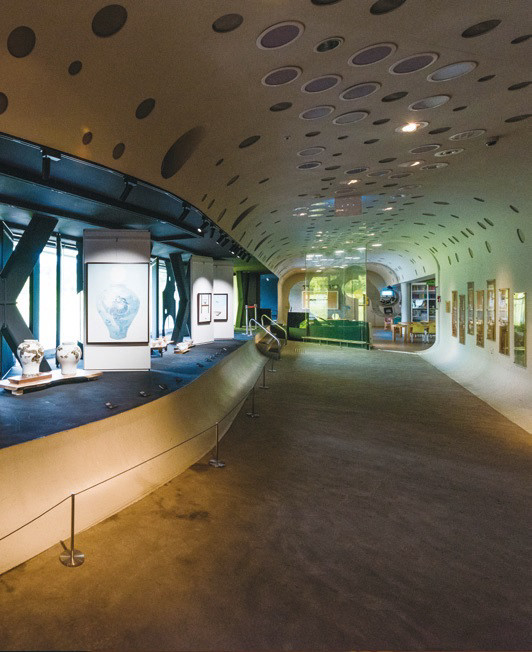
The surface of the museum glistening in silver was designed with the motif of the scale of a snake. The round shape without an angled corner was inspired by a spacecraft and an ameba. The building was awarded the Grand Prize in the Annual Korean Architectural Culture Awards in 2012.
It looks like a living creature like an ameba on one hand, and a spacecraft from outer space on the other hand. The shape reminiscent of the simplest form of an organism and highly-developed mechanical civilization is suitable for the theme of this museum, " Time travel to prehistoric eras."
At the entrance resembling a huge cave, 14 models of early human species greet visitors. Australopithecus afarensis, the most famous of the extinct hominins, Lucy, Homo habilis, who stated hunting, Homo neanderthalensis, and the Mandal people, whose remains were found in Mandal Cave near Pyeongyang in North Korea, show the process of human evolution. The hominid Toumai, whose name means "hope of life," had a similar appearance to a chimpanzee and a brain capacity of less than 400 cc, while that of a Mandal man reached 1,676 cc and had an appearance not very different from that of modern humans. You would not be surprised if your next-door neighbor looked like this Mandal man model.
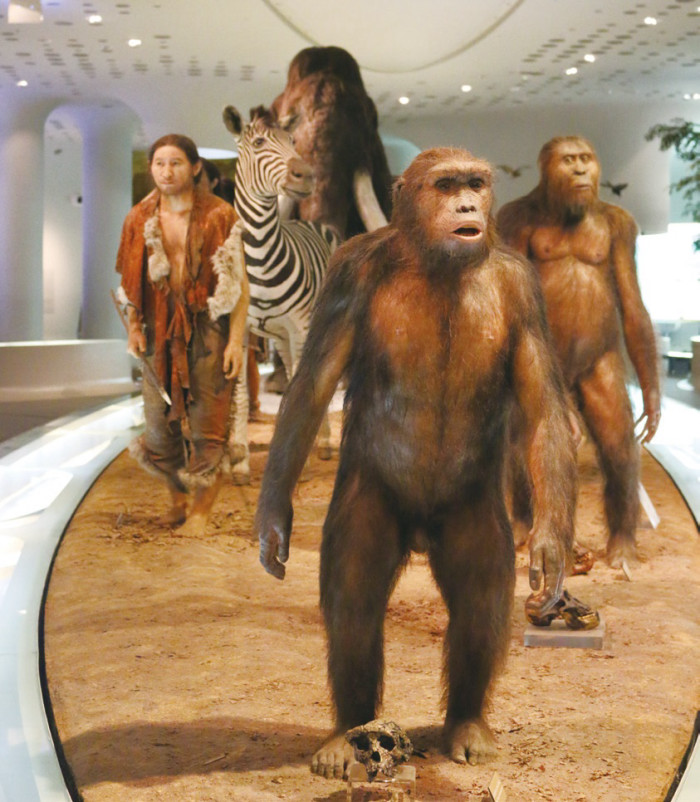
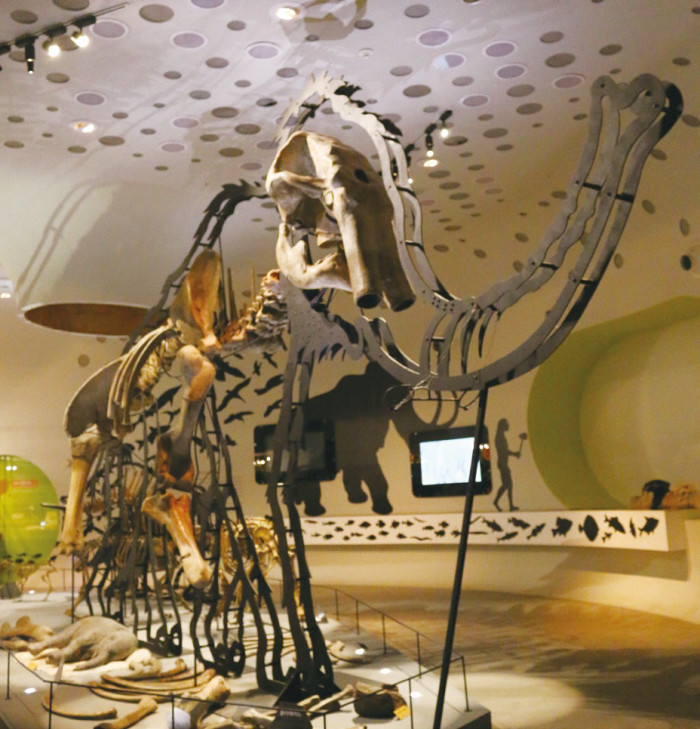

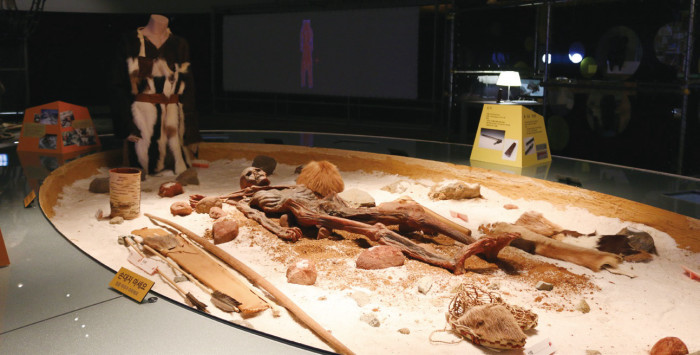
The museum displays exhibits that show the evolution of humankind, the life of hominids, and the natural environment of the prehistoric times. They include 14 models of extinct human species, houses made with mammoth bones, exhibits related to hunting and clothes making methods, and stuffed primitive animals. The mural exhibition space was designed to exhibit Paleolithic mural paintings discovered in Shove and Altamira in France and Spain and other regions in a similar environment to the local ones.
Eight of these 10 models, which even express the details of facial expressions, pupils and body hair, are the works of Elisabeth Daynès, a French sculptor and expert in the realistic reconstruction of hominids. Her works made through collaborations with scientists and anthropologists are exhibited in prominent museums around the world, including France, Germany, Sweden and the United States. However, the entire collection of her works is displayed only in Jeongok Prehistory Museum. In addition to the hominid models, there are a variety of rare stuffed animals including a lion, a zebra, a tiger and others. They were created in Masai Gallery of Belgium.
If I had been a Neanderthal, what would I have looked like? Take a photo at the Time Gate installed inside the exhibition hall using a necklace with an RFID chip. It will show a composite of your face and an early homonin reconstruction. You can also create a passport of "Jeongok Paleolithic Kingdom" using the photo.
<ggc의 모든 콘텐츠는 저작권법의 보호를 받습니다.>
세부정보
Jeongok Prehistory Museum
ADDRESS/ 2, Pyeonghwa-ro 443 beon-gil, Jeongok-eup, Yeoncheon-gun, Gyeonggi-do
TEL/ 031-830-5600
OPEN/ 10:00-18:00
OPEN/ 10:00-18:00
CLOSED/ Mondays, January 1, Seollal, and Chuseok
WEBSITE/ jgpm.ggcf.kr